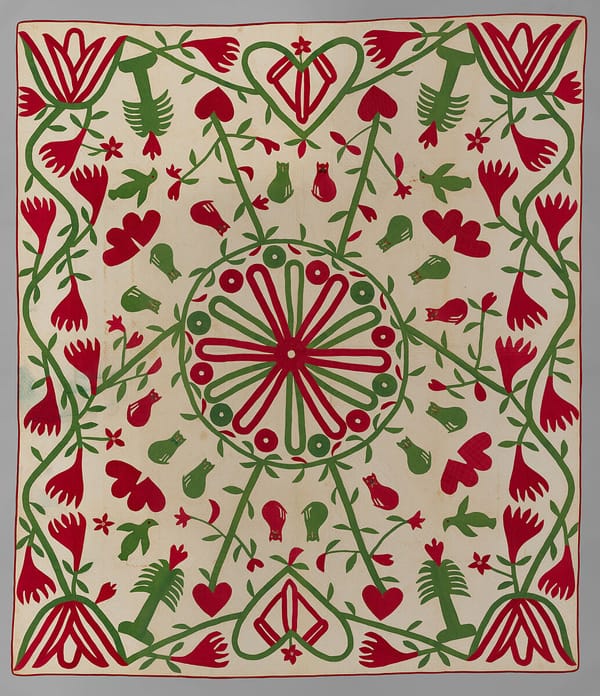November 24 2023
virgin river, night owls, body scans
Books
Rapt: Attention and the Focused Life
Winifred Gallagher
Virgin River in a nutshell

Paying attention is an individual effort, but it’s also a kind of social cement that holds groups together and helps them feel part of something greater than themselves. When they’re focused on either a social activity or a task, the moods of even fragile or stressed people, including breast-cancer patients, bulimics, and chronic depressives, are no different from those of average subjects in control groups but drop precipitously when they’re alone or have nothing to attend to.
Civilized to Death: The Price of Progress
Christopher Ryan
everything is natural, there is no such thing as unnatural
To ask “What is human nature?” is like asking “What’s the natural state of H2O?” So much depends on conditions. Liquid, solid, gas—temperature and pressure make all the difference. Similarly, human beings are capable of being egalitarian and selfish, violent and peaceful, cooperative and competitive. To a large extent, context is determinative. This is where many scientists stop talking about human nature: “We’re so adaptive,” they’ll say. “We have a wide range of ‘natural’ behaviors.” Which is true, as far as it goes. But it doesn’t go far enough.
Santayana famously declared that “those who cannot remember the past are condemned to repeat it,” but those who don’t understand the distant past are condemned to live lives structured in ways that conflict with our deepest human appetites and tendencies. The modern world is the ultimate human zoo, designed, created, administrated, and occupied by humans. Tragically, the zoo we’ve designed for ourselves is a poor reflection of the world in which our species evolved, and is thus a profoundly unhealthy, unhappy place for too many of the human animals it contains. Human beings are capable of surviving in violent, confined contexts, but, like water, we grow stagnant and putrid when we cease to flow.
its like when sindragosa roared in the wotlk trailer
Grasshoppers, it turns out, are “elegant, modest, and well-mannered,” by insect standards. Locusts, on the other hand, are trouble. The elegant grasshopper moves slowly on long legs and lives a quiet life, mostly in solitude. The locust “scurries hurriedly and hoggishly on short, crooked legs and joins hungrily with others to form biblical swarms that darken the sky and descend to chew the farmer’s fields bare.” Hard to imagine two creatures any more different. But here’s the crazy part: Grasshopper and locust are in fact the same species. And not just the same species—one can morph into the other. They are the same animal. Got that? Same DNA, different critter. Not all species of grasshopper can become locusts, but all locusts were once grasshoppers.
tragedy of the commons day 1 frame 1


While human DNA remains almost unchanged from preagricultural times, and we may not literally be classifiable as a separate species, the behavior of civilized human beings is every bit as distinct from that of hunter-gatherers as locusts are from grasshoppers. With the advent of agriculture, human population exploded, and we packed into overcrowded settlements for the first time in the existence of our species. Nearly everything about human life changed radically and rapidly: power dynamics, family structure, the status of women and children, the source and quality of food, our relation to other animals, our experience of disease and death, conflict with other expanding population centers—acquisition of land and property, what kinds of gods we worshipped and our relation to them… our place in the world and what sort of world it was. Move too slowly in this world and you’re likely to fall victim to those behind you. The swarm may be the joy of the locust, but it is the ruination of the grasshopper. Grasshoppers don’t choose swarming any more than our ancestors chose farming, or Brian Stevenson chose to rise above the morning fog.
Are night owls natural? How much of our "natural" behavior is a result of our environment? Or just cultural?
Since the behavior of animals in cages has at least as much to do with the cages as it does with any innate tendencies of the unfortunate creatures trapped within them, let’s think carefully about the design of our own enclosures. Let us build human zoos that replicate our natural environment as closely as possible, allowing us to live lives that fit us like slippers, not high heels. When asked if there were lessons to be learned from the massacre at Monkey Hill, Frans de Waal said, “If you want to design a successful human society you need to know what kind of animal we are. Are we a social animal or a selfish animal? Do we respond better when we’re solitary or living in a group? Do we like to live at night or in the daytime? You should know as much as you can about the human species if you have a hand in designing human society.”
See emperor of all maladies and or any flight on United Airlines
Since 1970, the U.S. government has spent over $100 million on the “War on Cancer.” But according to the National Center for Health Statistics, death rates from cancer dropped just 5 percent from 1950 to 2005 in the United States, and analysts from investment firms long ago noticed that curing disease is much less profitable than managing it. In 1970, it took eight hours to fly from New York to London. It still does, but now the seats are smaller.
What if tool making is the natural dictant for man? What if he must build. s/o david deutsch, the earth owes us nothing
The fact that something exists in nature doesn’t mean it’s necessarily healthy or wonderful. The natural world is replete with lethal snakes, poisonous berries, and infectious microbes. Nature is no place for carelessness, ignorance, or delusions of immortality. But the naturalistic fallacy—the belief that what’s natural is always better—is only fallacious up to a point. While it’s true that what exists in nature is not necessarily healthful, it’s far more likely to comport with biological reality than something with no roots in the natural world. To deny the probability of an innate congruence of the natural is to adopt the naturalistic fallacy fallacy.
Fashion is pain
Consider shoe design. We can choose to ignore what “is” (the shape and function of the human foot) in arriving at what “ought” to be a great shoe design. And anyone who’s spent hours in heels or pointy-toed business shoes will confirm that many shoe designers do just that. We end up with shoes that may look interesting, but walking or even standing in them for long makes for fashionable torture.
Chesterton fence problem is extra important for millennia old bodily functions. if you intend to "fix" something, you better be damn sure you know what you're doing, and the unintended consequences of your actions.
McDougall calls it the “Nike Effect,” but Nike is far from alone in following these steps to financial success. They just followed the process to spectacular wealth. We see the same process of replacing the cheap and natural with something worse in the “No Backyard Chickens, Industrialized Farming Effect,” the “Unnecessary Cesarean Delivery on Friday so Your Doctor Can Golf on Saturday Effect,” the “Growing Marijuana Is Illegal, Take These Toxic, Addictive, Expensive Pills Instead Effect,” or the “Breast-feeding Is Disgusting, Use Formula Effect.” Replacing something natural, healthful, and free with something that promises a lot but delivers trouble is as old as agriculture, as old as civilization itself, in fact. It’s what keeps the gears of commerce spinning. As early as 1930, American business consultants openly, excitedly explained that “advertising helps to keep the masses dissatisfied with their mode of life, discontented with the ugly things around them. Satisfied customers are not as profitable as discontented ones.”
Domesticated by wheat smh
The stability and continuity of the foraging life over hundreds of thousands of years is both evidence of its utility and the original source of our humanity. As Nassim Nicholas Taleb points out in Antifragile, “Time is the best test of fragility—it encompasses high doses of disorder—and nature is the only system that has been stamped ‘robust’ by time.”
The Happiness Trap: How to Stop Struggling and Start Living (Second Edition)
Russ Harris
plato's cave but its the roof of your mouth. do you notice how wet that thing is?
Safety in your own body. Do you feel unsafe in your own body? If you wish to feel safer in your body, your best option is to start progressively exploring it and practice better ways to handle the difficult feelings you’ll encounter. If you don’t do this work, your body will remain like a dark cave full of monsters that you want to avoid at all costs.
correlation is not causation, but it is a good indicator. people who are good at handling their emotions who ive met are usually successful in life.
Success in life. There is a direct correlation between success in life and what psychologists call “emotional intelligence”: handling your emotions effectively and making good use of them for motivation, communication, and illumination (see chapter 12). Learning to tune in to your body and access your emotions plays a big part in increasing emotional intelligence.
i have pain spots i avoid, i should probably do this

And if you’re avoiding certain areas or zones of your body, set yourself a challenge: Gradually, over time, bring your awareness to those areas. Each day (or each week) pick an area you normally avoid and give it your full attention for a specified amount of time. For example, you might focus on this area for just two seconds the first time, then increase to four seconds the next time, and six seconds the third time. Once you can hold your focus there for ten to fifteen seconds, choose another difficult area to work on. Gradually “extend the territory” until you can scan your body from head to toe without avoiding any areas. (And of course, if this triggers difficult thoughts and feelings, make good use of your unhooking skills.)




